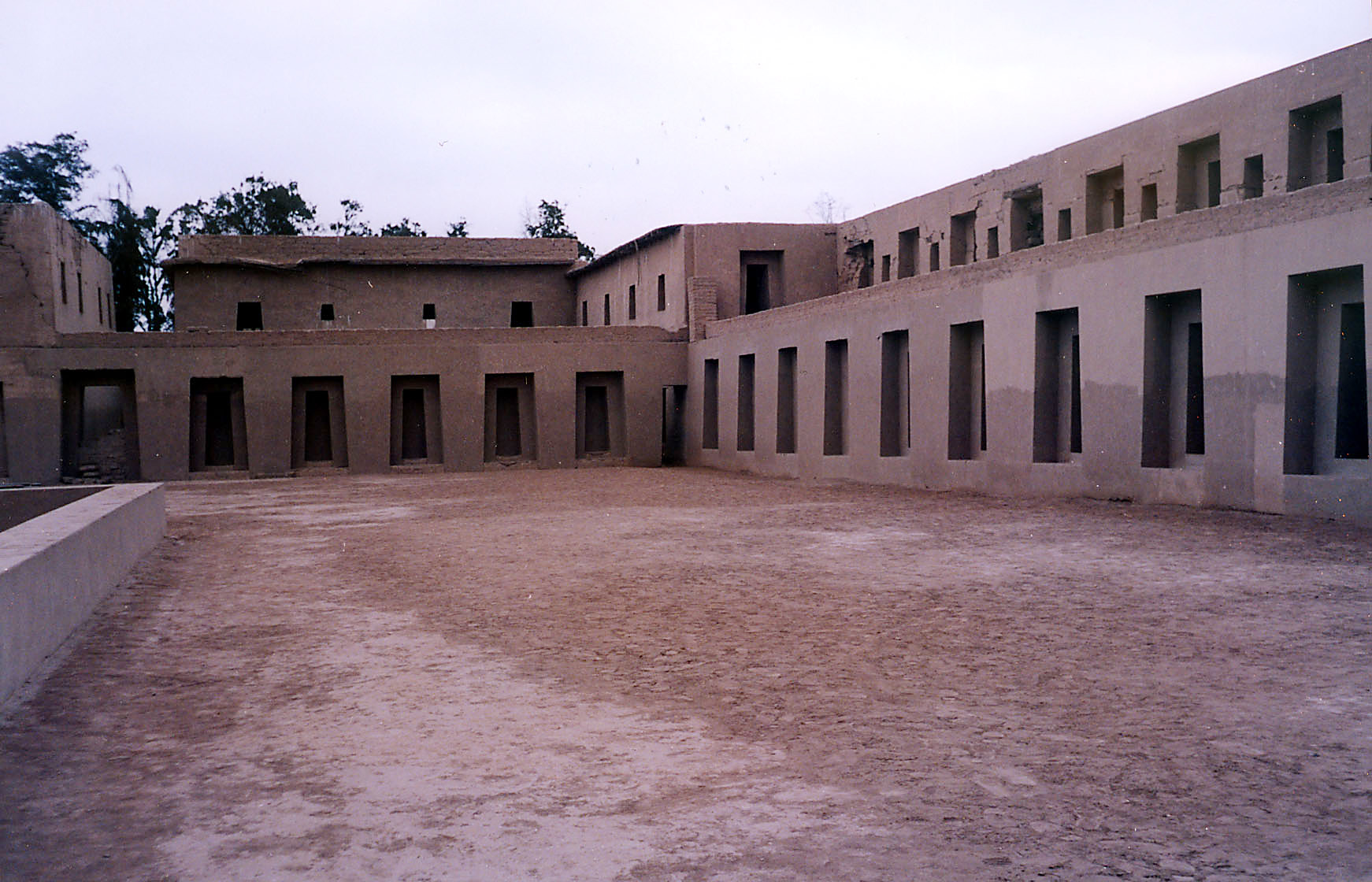|
María Pía Copello
María Pía Copello Hora (born 22 January 1977) is a Peruvian television presenter, actress, singer, producer and influencer. She achieved popularity for having been the host of the children's program María Pia & Timoteo on América Televisión along with actor Ricardo Bonilla, at the beginning and middle of the first decade of the 21st century. After stopping hosting children's programs, she joined other programs, such as Esto es guerra, Talento urbano and Versus de colegios. Early life Copello is the daughter of Fernando Copello (of Italian descent) and Luisa Hora (of Japanese descent), she studied primary and secondary school at Newton College (Peru), Newton School in Lima. Then, she entered the Peruvian University of Applied Sciences (UPC) to study advertising and marketing, she obtained a bachelor's degree. Career In 1993, Copello debuted on television as "cíndela" in the children's program Nubeluz. From 2000 to 2006, she hosted the children's program María Pía y Tim ... [...More Info...] [...Related Items...] OR: [Wikipedia] [Google] [Baidu] |
Lima
Lima ( ; ), founded in 1535 as the Ciudad de los Reyes (, Spanish for "City of Biblical Magi, Kings"), is the capital and largest city of Peru. It is located in the valleys of the Chillón River, Chillón, Rímac River, Rímac and Lurín Rivers, in the desert zone of the central coastal part of the country, overlooking the Pacific Ocean. The city is considered the political, cultural, financial and commercial center of Peru. Due to its geostrategic importance, the Globalization and World Cities Research Network has categorized it as a "beta" tier city. Jurisdictionally, the metropolis extends mainly within the province of Lima and in a smaller portion, to the west, within the Constitutional Province of Callao, where the seaport and the Jorge Chávez Airport are located. Both provinces have regional autonomy since 2002. The 2023 census projection indicates that the city of Lima has an estimated population of 10,092,000 inhabitants, making it the List of cities in the Americas b ... [...More Info...] [...Related Items...] OR: [Wikipedia] [Google] [Baidu] |
